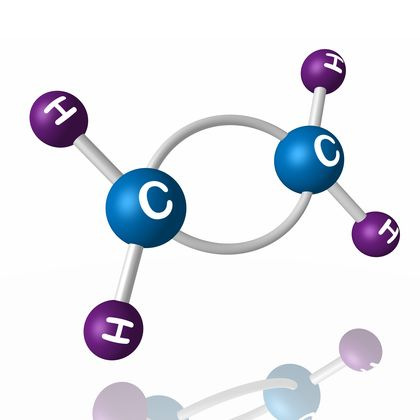Organometallic compounds
Organometallic compounds are distinguished through the prefix "organo-" exmaple organopalladium compounds. Instances of such type of organometallic compounds involve all Gilman reagents, that is containlithium and copper. Tetracarbonyl nickel, and ferrocene are instances of organometallic compounds consisting of transition metals. Other instances include organomagnesium compounds such as iodo(methyl)magnesium MeMgI, and all Grignard reagents, diethylmagnesium (Et2Mg),; organolithium compounds like n-butyllithium (n-BuLi), organozinc compounds like diethylzinc(Et2Zn) and chloro(ethoxycarbonylmethyl)zinc (ClZnCH2C(=O)OEt); and organocopper compounds like lithium dimethylcuprate (Li+[CuMe2]-).

The word "metalorganics" generally refers to metal-containing compounds lacking direct metal-carbon bonds but which consist of organic ligands.Metal beta-diketonates, dialkylamides and alkoxides are representative members of this class.
Additionally, to the traditional metals, lanthanides, actinides, and semimetals, elements like boron, silicon, arsenic, and selenium are reffered to create organometallic compounds, example organoborane compounds like triethylborane (Et3B).